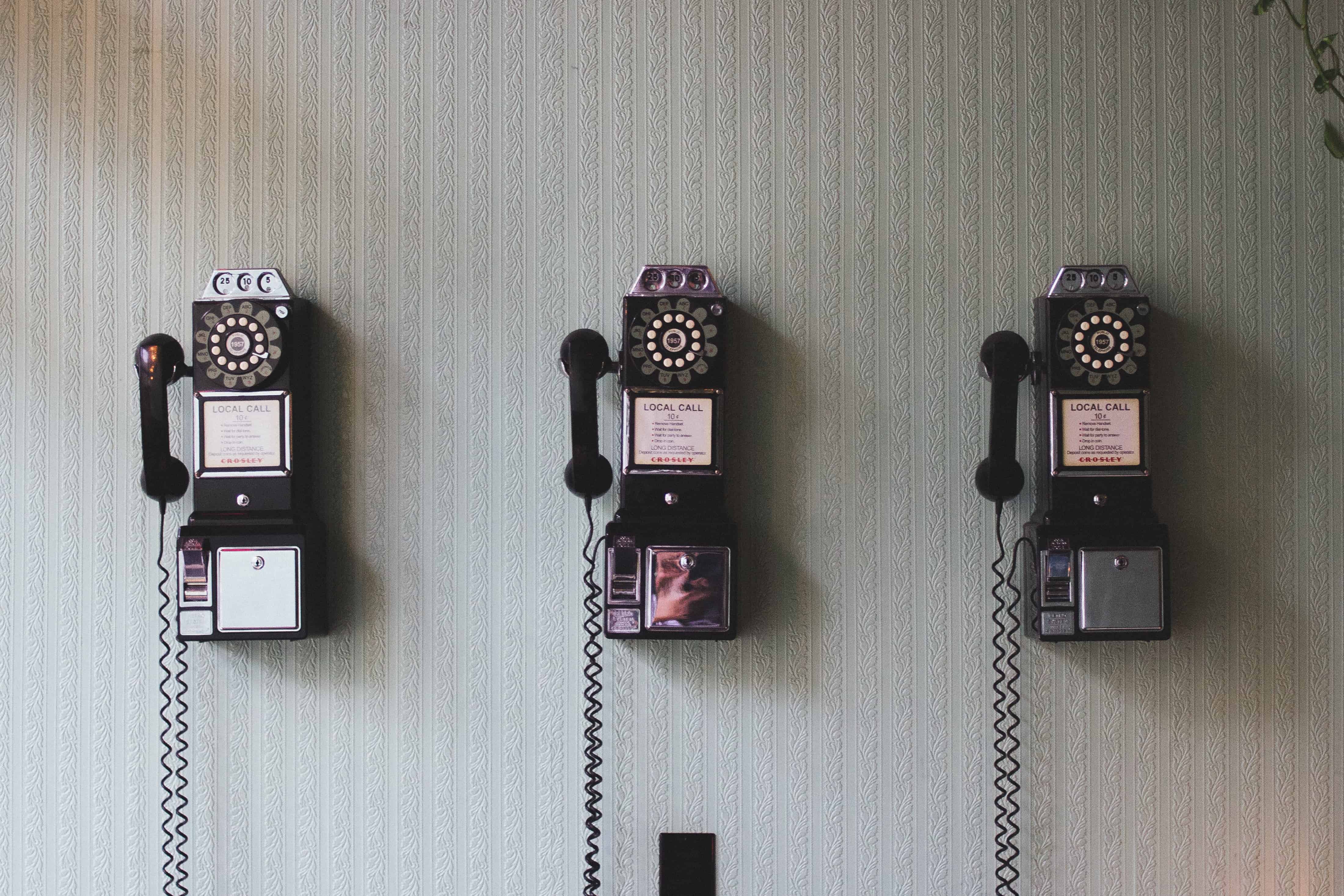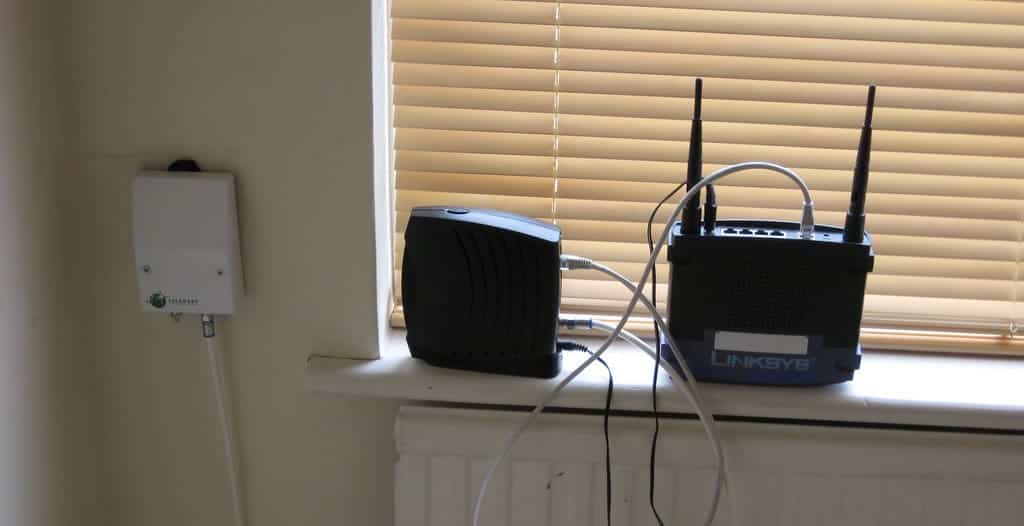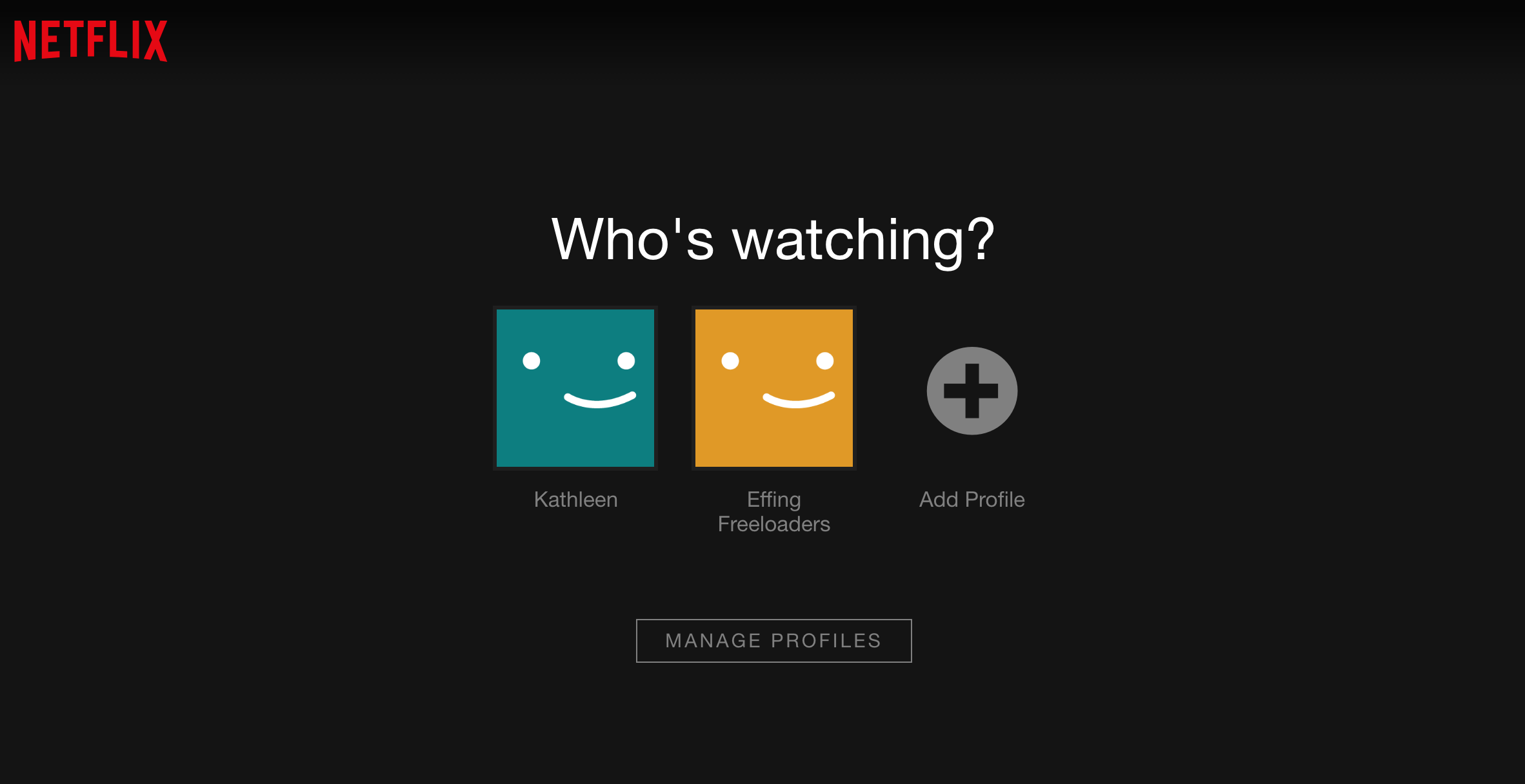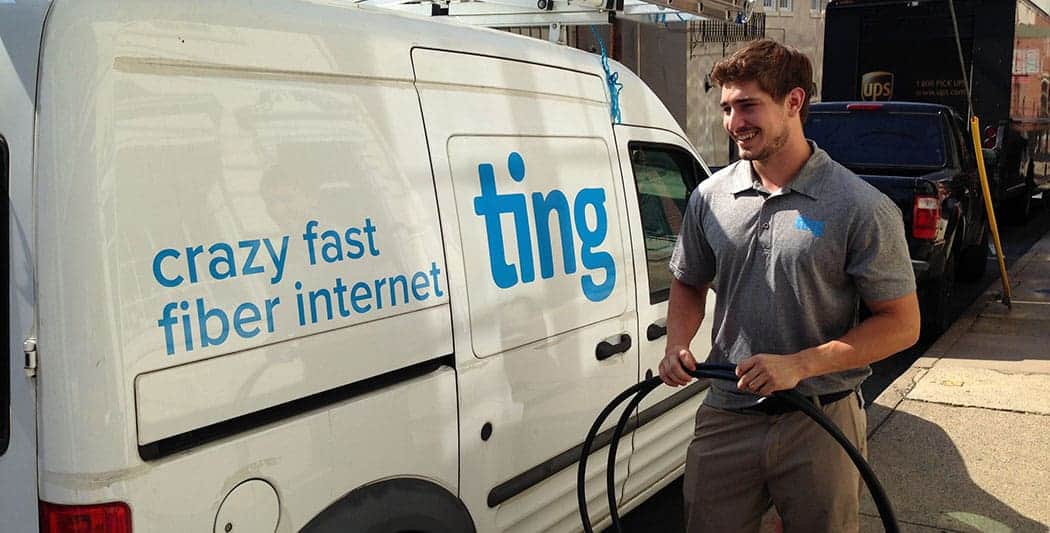My neighbor and I have the same broadband plan. Same speeds, same caps, same disgruntled customer service reps. The only difference is that he pays $86 per month for it — while I only pay $47. (Yes, this constitutes “cheap” for internet service in Dallas.)
Why am I paying half the price for the same service? In my case, it was just a question of negotiating with my provider — but there are plenty of other ways to cut your broadband bill. Depending on your situation, some of the strategies below could save you even more.
Let’s start with the no-brainers then move on to more “creative” ideas. I guarantee some of them will be new to you.
PS: if you find this list useful, send it to a friend. You could be saving them a pile of money.
Share with your friends
1. Check if you qualify for a subsidy
Potential savings: $30-$100/month
It’s crazy how few people know about this:
Even before Internet was reclassified as a utility , government programs have been partnering with ISPs to make Internet affordable for those in need. Comcast, everyone’s favorite ISP to bash, offers some of the best programs.
The barrier to application is lower than you might think: if you make less than $35,000/year, most states and providers will get you online for as little as $9.95/month. (Yes, $9.95/month. Some special circumstances drop that figure down to $5.)
Go over to EveryoneOn.org to check what programs are available in your area.
Circumstances that qualify:
- Low-income (at or below $35,000 annual salary)
- Live in public housing
- Participate in the National School Lunch Program (free or reduced lunch at school)
- Participate in Supplemental Nutrition Assistance Program (food or nutrition benefits)
- Participate in Temporary Assistance for Needy Families Program
Note: the lifeline program is complex, extends to more than just Internet, and is often abused. For more information see the FCC’s official description.
2. Negotiate your current plan
Potential savings: $5–$50/month
Steep bills are bad. Steep bills that creep higher every month? Welcome to broadband in America.
A recent report from Bruce Kushnick of the New Networks Institute found that his bill in Brooklyn, NY had increased by 134% in less than four years
— unfortunately, that’s not an unusual experience.
Meanwhile, Internet users in Hong Kong pay only $31/month average for the fastest broadband in the world. (Ours in the US is among the slowest in developed nations
.)
Internet bills have a tendency to rise for several reasons: promotional periods ending, miscellaneous fees, price hikes for infrastructure updates, the list goes on. Luckily, there’s a way out: if you have more than one provider in your area, you can threaten to switch if they don’t match the best price or return to your original bill amount.

We’ve already compiled a comprehensive guide to negotiating with call centers to reduce your broadband bill. If your finger is too tired to click over and read it, here’s everything you’ll need to negotiate with a customer service rep:
- Current monthly bill amount
- Monthly bill amount when you signed up
- Amounts and reasons for any bill increases
- Length, to date, of your subscription
- List of any service issues you’ve experienced
- Competing plans and sign-up bonuses in your area
- Sign-up bonuses your current provider is offering
Much of this information is readily available from the BroadbandNow internet providers by address search tool.
Even if there isn’t another ISP in your area, it’s sometimes possible to get a bill reduction by citing your excellent payment history and complaining about service failures and slow speeds. Different reps have different deals, so call more than once.
If they won’t meet your demands, go ahead and switch. Some enterprising Reddit users even recommend purchasing a cheap compatible router for each ISP in your area to make switching as seamless as possible.
Note: Ask for the customer resolutions department. They often have the most authority to grant good deals.
3. Call in a third-party bill negotiator
Potential savings: $10–$80/month
Don’t have time to burn on hold for a customer service rep? Call in the cavalry: private companies like BillFixers.com specialize in dealing with call centers and arguing down broadband rates. Just send them your bills and hold tight while they negotiate.
The only catch is that they keep half your savings — if you save $50, they invoice you $25 monthly for 12 months. That said, their expertise at navigating call centers could still save you more overall than if you spent an afternoon on hold yourself. I’ll bet you have something better to do with your time.

Another company worth checking out is a new startup called, creatively, Service. They specialize in relaying customer complaints, so give them a call if you have consistent service outage, trouble with the cable guy, or any other unreasonable customer experience. They’ll get on the phone and try to broker a deal. The best part is that they’re currently in beta and doing this work completely free!
Note that bill negotiation works best if you’re in a city with multiple internet options available at most addresses, such as Brooklyn New York (Fios and Spectrum compete), Los Angeles (AT&T Fiber and Spectrum compete), etc.
4. Buy your own router
Potential savings: $5–$10/month
Most Internet plans come with a router, for the seemingly humble price of $5–$10 per month. That price seems a lot less humble when you realize it adds up to several times the cost of buying your own router within a year. You can also typically find some solid router deals around the web.
To make matters worse, router rentals from major ISPs jumped as much as 33% last year .
The catch with buying your own router is you’ll have to install it yourself. It’s not as difficult as you might think, and virtually every make and model has step-by-step instructions on YouTube.

In my opinion, buying a new router is worth the money — but if you’re really pinching, there’s always eBay.
You also have to be sure to get one that’s compatible with your ISP. If there isn’t a list readily available on their website, go ahead and call customer service and ask for a list of recommended routers.
Note: for more information, see our guide to choosing and configuring your own router.
5. Cut the cord
Potential savings: $15–$40/month
If your cable bill is over $100, you’re probably not just paying for Internet. Cable TV, VoIP and other services commonly bundled with Internet are only a good deal if you use them intensively.
Assuming the shows you enjoy are available from “over-the-top” companies like Netflix or Hulu, cutting the cord and streaming 100% of your entertainment content over the Internet is a no-brainer. Sports are readily available from sources like Sling TV. Local channels are usually free once you install the dish.
Cutting the cord doesn’t mean watching TV on a tiny laptop screen. Streaming devices like the Roku plug right into the HDMI port on your television.
Monthly subscriptions are often designed for family use, making them even cheaper. (If you’re the parent of a millennial, you know this well.)

In spite of the click-bait headlines you might have seen floating around Facebook, sharing an account is not illegal unless the company expressly forbids doing so in their user agreement. .
Note: Major ISPs have been rolling out data caps on broadband service in recent years. That matters for you because you could wind up with a fat overage fee if you stream a lot of video. More information available in our data caps guide.
6. …Or bundle and add cords
Potential savings: $5–$10/month
For people with a closer attachment to cable TV, cutting the cord isn’t an option. Luckily, major ISPs like Comcast will offer discounts if you’re willing to bundle services.

TV/Internet combos (“double play”) and TV/Internet/phone (“triple play”) bundles can save consumers hundreds of dollars if they actually use the extra services. Comcast deals, among others, can be found and compared at BroadbandNow.
Two main things to watch out for with bundles:
- Limited-time discounts: Shop with the final rate in mind, not the sign-up discount rate.
- Early termination fees: Be aware of how much it will cost you to cancel if you switch.
7. Check small providers
Potential savings: $5–$40/month
Broadband in the US has a monopoly problem. Some areas are better off than others, though, when it comes to competition.

Small companies like Ting Internet are working hard to bring high-speed low-cost fiber Internet to the public. Even when they aren’t the cheapest, small ISPs can make up for it with faster speeds and better customer service. (Imagine: a cable guy who shows up when they say he will.)
Check for small providers in your zip code with the BroadbandNow comparison tool.
8. Switch responsibility for the bill
Potential savings: $10–$30/month
Sign-up bonuses often sell Internet plans as much as 50% off for the first year. Instead of ponying up the extra cash when the time comes, consider having your housemate or significant other take over bills for a while. (You’ll probably have to cancel or switch providers for it to be worth it though.) In exchange for them handling responsibility for the bill, you’ll both get to enjoy two sign-up periods.
Note: If you can’t find good sign-up deals, try disabling the Wi-Fi on your phone and searching over LTE. Internet provider websites can tell if you’re using their service to get online, and will show less enticing deals if they know you’re already a customer.
9. Check your usage. Can you settle for less?
Potential savings: $15–$25/month
Sometimes the problem isn’t that your plan costs too much, but simply that it’s a faster plan than you actually need.
Example: let’s say your primary use for the Internet is Facebooking and email. Occasionally you watch a YouTube video, but you don’t care if it’s crystal-clear HD.
If this sounds like you, call up your ISP and ask for the “economy tier.” It’s not always advertised, but most providers offer speeds around 3mbps for significantly lower than the “base” plan. If it isn’t enough, you can always switch back after a month.
Note: download speeds are generally several times faster than upload speeds, so economy tier is insufficient for real-time communications like video chat and Twitch streaming.
10. Check your speed. Is it what you’re paying for?
Potential savings: $5–$25/month
Advertised speeds aren’t guaranteed. Truth be told, almost nobody who pays for 10mbps broadband is actually receiving 10mbps on a consistent basis.
Checking the speed you’re actually getting is easy: just go to speedtest.net and click the “Begin Test” button.
If you’re getting significantly less than what you pay for on a daily basis, call and request a discount rate. Call more than once and try different departments and customer service reps, and be prepared to switch if they can’t work with you to either improve the speeds or reduce the price.
11. Switch to a mobile hotspot
Potential savings: 100%
Cutting the Internet cable entirely is far too extreme for most of us, but if you have to save money — or just hardly ever get online — consider switching to a mobile hotspot. (My heart bleeds when I think of all the grandmas getting bled dry by ISPs for Internet connections they don’t use.)

Freedompop is the best-known option, and their devices come with 500MB of data free every month. Now, just to be clear, 500MB is not a lot. I go through three times that every month just using my phone. You’d probably wind up paying $10/month for an extra 1GB. But if you can live with the limitation, you effectively drop your Internet bill to zero.
The device costs around $100-$150 up front, but if you return it within the year you’ll get that money back as well.
Note: be sure to disable autoplay videos to save data. GuidingTech has a handy guide for Chrome and Firefox. Installing an adblocker like uBlock would also be a good idea, to keep advertising images at bay.
12. Cut channels you don’t use
Potential savings: $5–$20/month
If you can’t face cutting the cable completely, another option is downgrading your channel selection for a monthly discount. Call your provider and explain that you’re overpaying for channels that you don’t use.
If possible, be prepared to cancel your TV subscription entirely if they won’t work with you. Chances are they’ll come up with an offer at the last second to keep you from cutting the cord completely. However, this is only likely to work if you have a track record of on-time payments as leverage.
13. Bonus: Get paid to unplug
Potential savings: $5–$10/month
This last trick isn’t exactly a bill-cutting method, but it can save you hundreds on the electricity that powers your router and computer. Catch: it only works in California.
OhmConnect is a free service that alerts you when the electric grid is being overused and offers cash incentives to unplug devices in your home for a half hour at a time.
Routers and home computers don’t use a ton of energy, but combined with OhmConnect’s saving rewards, unplugging them when not in use could add up to as much as $300/year.
Future fixes: 5G, low-orbit satellites, and other potential game-changers
The high cost of broadband in the US is largely caused by our dependance on a small handful of companies.
Share with your friends
Wired infrastructure is wildly expensive to install, but futuristic broadband technologies like ultra-high frequency wireless broadband and low-orbit satellite networks promise a bright future with increased competition among Internet providers.
For now, the best most of us can do is pinch our pennies and demand better service. In the future, the free market may do the job for us.

